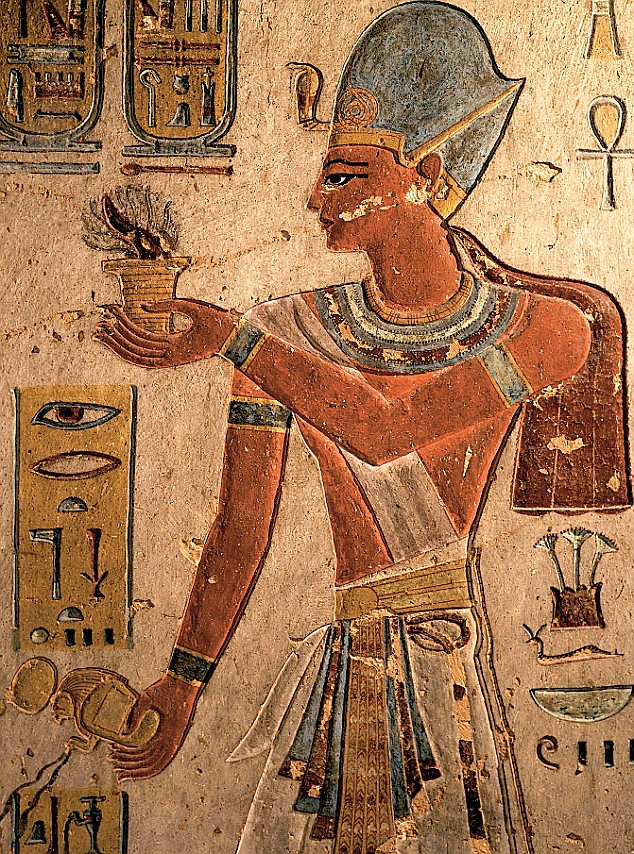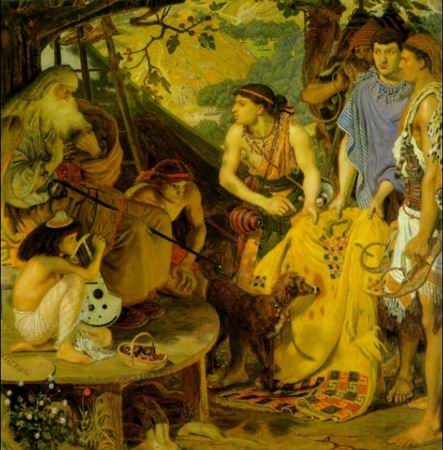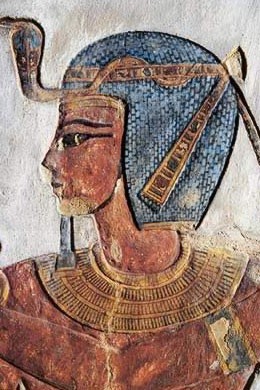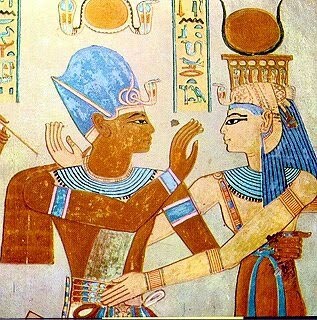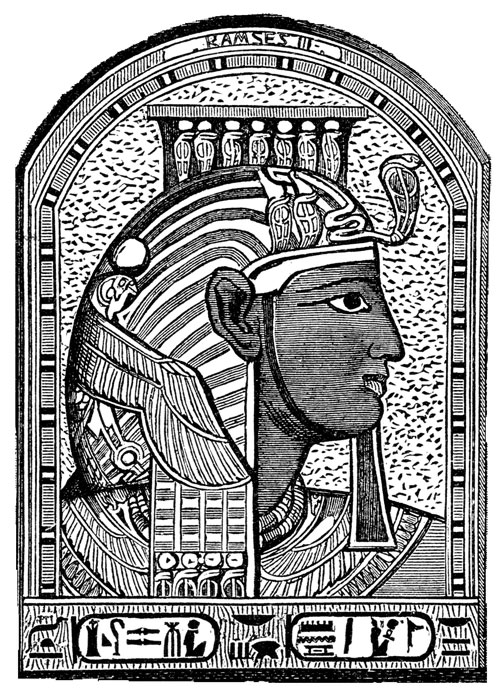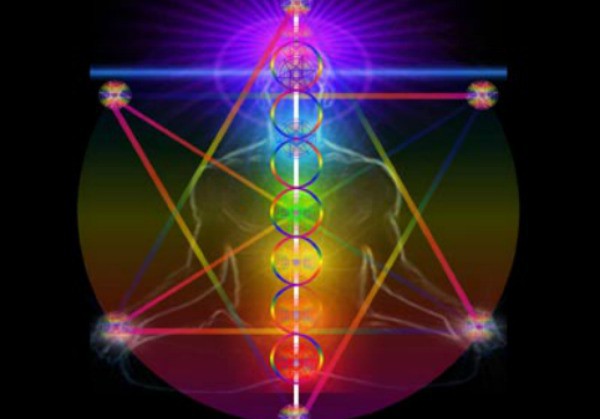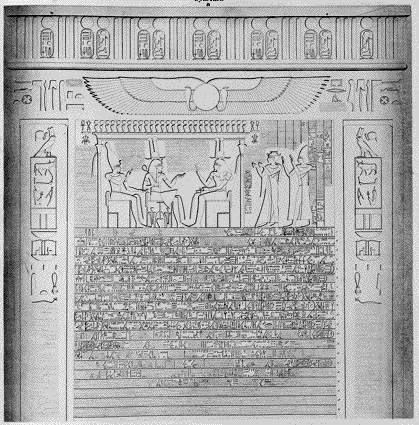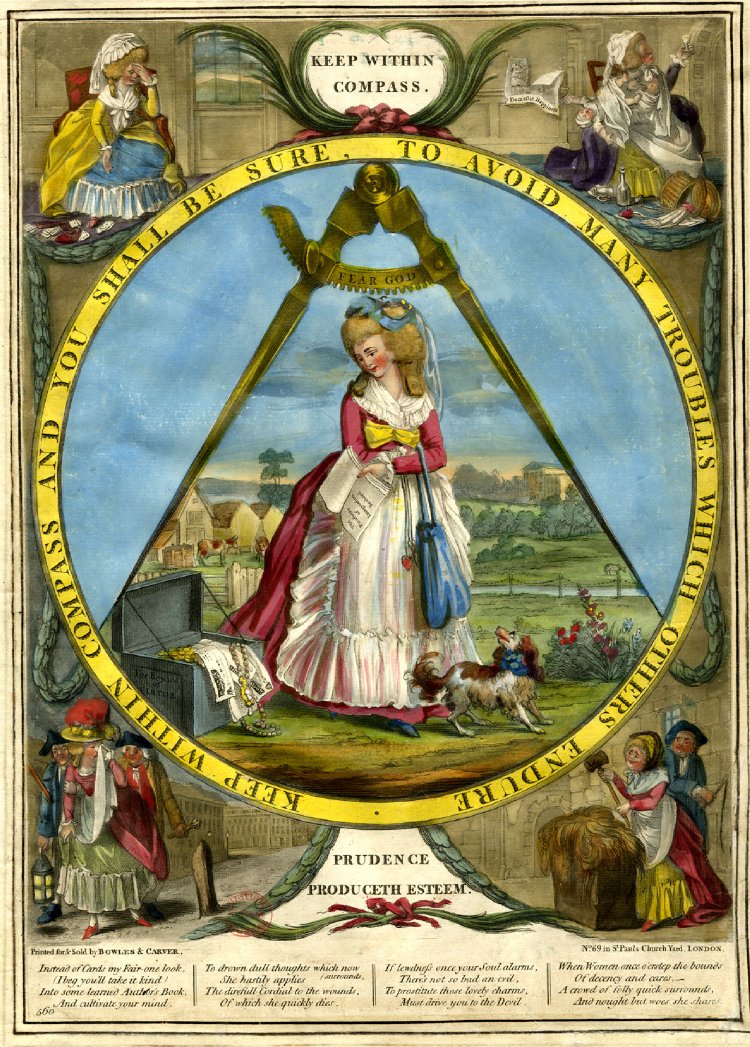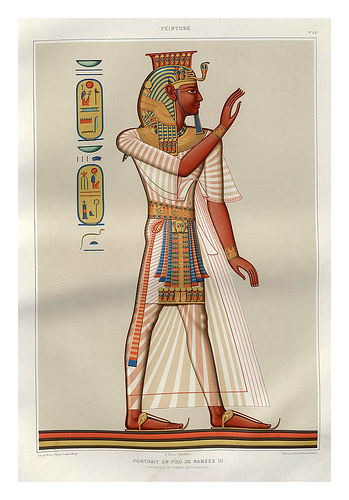 This past week, the DNA of Ramesses III was released to the public. This event had peeked my curiosity immediately because intuitively I knew that my ancestors had played a large role in Egypt. But I just couldn’t pin point exactly what role that was until the news of Ramesses III was released. In less than a week, I feel that I have now connected many of the missing dots of the Brotherhood’s early beginnings with Ramesses III playing a pivotal role in helping change the world as we know it and more importantly, the formation of a new brotherhood.
This past week, the DNA of Ramesses III was released to the public. This event had peeked my curiosity immediately because intuitively I knew that my ancestors had played a large role in Egypt. But I just couldn’t pin point exactly what role that was until the news of Ramesses III was released. In less than a week, I feel that I have now connected many of the missing dots of the Brotherhood’s early beginnings with Ramesses III playing a pivotal role in helping change the world as we know it and more importantly, the formation of a new brotherhood.
Recently I had written on the coat of many colors and in studying images and ancient carvings of the tomb of Ramesses III, I noticed that he too wore a similar item that we can compare to the coat of many colors. However, this would be more of a kilt of many colors.
Based on the image to the above left, we can clearly see that Ramesses III was not only was the second Pharaoh of the Twentieth Dynasty and is considered to be the last great New Kingdom king to wield any substantial authority over Egypt, he was also high priest which is evident in his kilt or apron that he is wearing. It appears to mirror the coat of many colors or what is now called a Ephod and the facts are that you will not see this worn by any other earlier Pharaohs than that of Ramesses III.
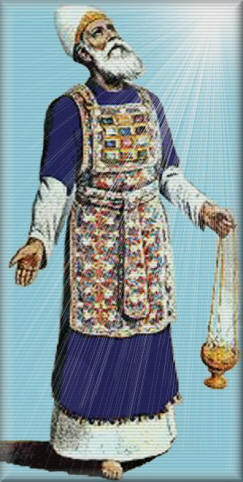 The Ephod is a sacred vestment that was originally worn by the High Priest Aaron. It is an outer garment, woven of gold, blue, purple, scarlet and linen threads with shoulder-pieces. These same colors can be seen in the clothing of Ramesses III to indicate the connection to the Jewish High Priests and not only that, Ramesses III may have DNA that further ties him to the Israelites.
The Ephod is a sacred vestment that was originally worn by the High Priest Aaron. It is an outer garment, woven of gold, blue, purple, scarlet and linen threads with shoulder-pieces. These same colors can be seen in the clothing of Ramesses III to indicate the connection to the Jewish High Priests and not only that, Ramesses III may have DNA that further ties him to the Israelites.
An ephod (Hebrew אֵפוֹד) (pron.: /ˈɛfɒd/ or /ˈiːfɒd/) was an article of clothing, and an object of worship in ancient Israelite culture, and was closely connected with oracular practices and priestly ritual.
In the Books of Samuel, David is described as wearing an ephod when dancing in the presence of the Ark of the Covenant (2 Samuel 6:14) and one is described as standing in the sanctuary at Nob, with a sword behind it (1 Samuel 21:9) in the book of Exodus and in Leviticus one is described as being created for the Jewish High Priest to wear as part of his official vestments (Exodus 28:4+, 29:5, 39:2+; Leviticus 8:7).
Here is another image below of Ramesses wearing this garment and also what appears to be rosary beads like we see Catholic priests wear. There are more connections to the priesthood such as the symbol of the Levites, the water vase that will be the subject of future articles.

Moe is the founder of GnosticWarrior.com. He is a father, husband, author, martial arts black belt, and an expert in Gnosticism, the occult, and esotericism.

